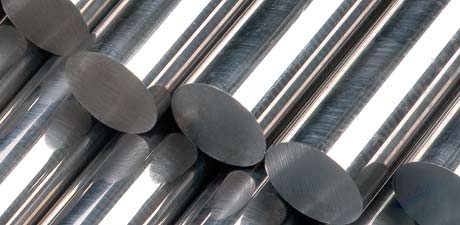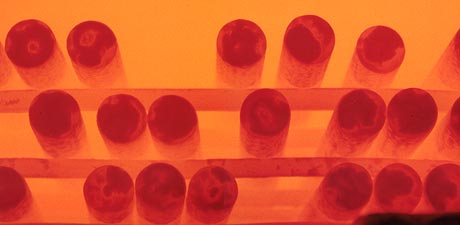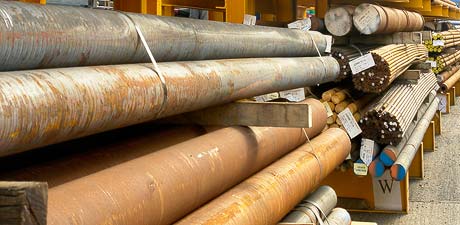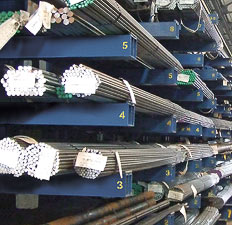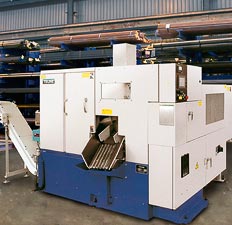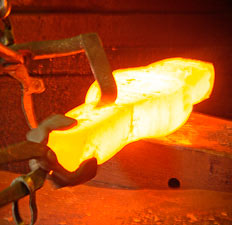Technical Data
Metallurgical Terms
Case.
The surface layer of steel which has been made substantially harder than the interior or core by a process of case hardening.
Case Hardening.
A method of hardening the surface of a metal whilst keeping the interior soft. The term is usually applied to carbon case hardening but nitriding and flame hardening are also case hardening processes.
Case Hardening Steel.
A low carbon steel suitable for carbon case hardening.
Cast Iron.
Iron which has been cast into shape and contains a total carbon content varying between about 1.8 and 4.5%, the carbon being present in excess of the amount which can be retained in solid solution in austenite at the eutectic temperature. In addition to carbon, there are also present varying amounts of silicon, manganese, sulphur and phosphorus. Cast irons can be divided into several types. In Grey cast iron all or part of the carbon is in the form of graphite flakes which are responsible for the inherently poor shock resistance and relatively low strength. In Spheroidal Graphite (or Nodular) Iron the graphite is in spheroidal or nodular form. This is achieved by adding controlled amounts of magnesium or cerium before casting. Mechanical strength and shock resistance are greatly increased. White cast iron has its carbon almost entirely in combination with iron as cementite (Fe3C) and is consequently very hard, brittle and practically unmachinable. When broken the surface is white. Malleable cast iron is made from white iron by annealing at about 850°C to remove carbon (white-heart process) or to convert the cementite to rosettes of graphite (black-heart process). It is more ductile than either grey or white iron. Alloy cast iron contains alloy additions such as nickel, chromium and silicon in amounts sufficient to give special properties such as improved resistance to corrosion or abrasion.
Cb.
Chemical symbol for columbium. (See Niobium).
Ce.
Chemical symbol for cerium.
Cementation.
(a) The process of introducing elements into the outer layer of metal objects by means of high temperature diffusion. (b) (Converting process). In this process, best quality Swedish wrought iron bars were packed in layers separated and surrounded by charcoal in pots, which were slowly heated to a temperature of about 1100°C and maintained at that temperature for a period of 7 to 10 days according to the desired carbon content and then allowed to cool slowly, the whole process occupying about three weeks. During this operation, carbon provided by the charcoal, diffused into the iron and some of it, reacting with the slag content of the wrought iron, liberated carbon monoxide which formed blisters on the surface of the bar, hence the name blister bar and blister steel; or converted or cemented bar, or cemented steel, or plated bar. Some six of these were then piled together, placed in a clip, raised to a white heat and hammered into a faggot, or small bloom. This was known as single shear steel. For the production of double shear steel the faggot was nicked, bent back on itself, reheated and hammered down again to its original size. The process is now obsolete.
Cemented Carbides.
(See Hard Metals).
Cementite.
The iron carbide (Fe3C) constituent of steel and cast iron. It is hard, brittle and crystalline and contains 6.67% of carbon by weight.
Centrifugal Casting.
(See Centrispinning).
Centrispinning.
The introduction of liquid metal into a rapidly rotating mould so that the metal is directed by centrifugal force to take up the shape of the mould.
Change Points.
(See Transformation Range).
Chaplets.
Metal supports used to hold the cores in position in the mould. They subsequently melt and become part of the casting.


